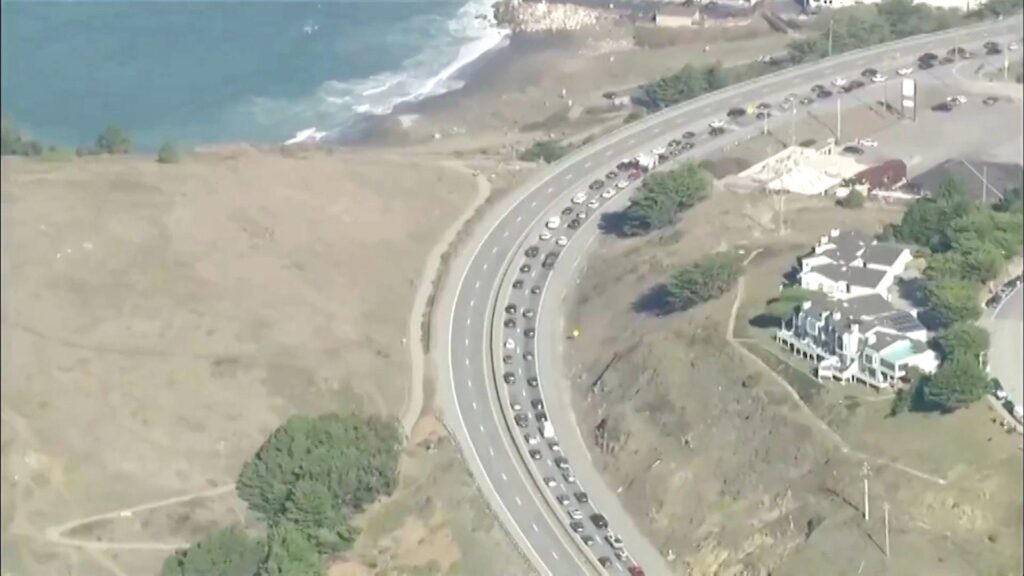A 7.0 magnitude earthquake shook Northern California on Thursday morning, causing widespread tremors, minor property damage, and a brief tsunami warning for over 5 million people along the U.S. West Coast.

The earthquake occurred at 10:44 a.m., approximately 84 miles (135 km) west of Ferndale in Humboldt County, according to the U.S. Geological Survey (USGS). Tremors were felt as far south as San Francisco, about 270 miles (435 km) away. While the quake caused items to topple from shelves and startled residents, there were no immediate reports of major injuries or fatalities.
A tsunami warning was issued shortly after the quake, spanning nearly 500 miles (805 km) of coastline from California’s Monterey Bay into Oregon. Emergency alerts advised residents to evacuate coastal areas and move to higher ground.
“Phones were buzzing everywhere with the warning,” said Valerie Starkey, a Del Norte County supervisor. Coastal towns like Eureka and Crescent City enacted precautionary evacuations, while Santa Cruz police cordoned off beach areas.
The warning was lifted within an hour after the National Weather Service confirmed no tsunami threat based on wave monitoring systems and seismic models.
Humboldt County Sheriff William Honsal reported minor structural damage, including cracked foundations and shattered windows, but no significant injuries or infrastructure failures. “We’re used to this—it’s earthquake country,” Honsal remarked. “This quake was a slow roller but significant.”
Ferndale’s Golden Gait Mercantile owner Julie Kreitzer said, “It was a strong quake. Our building shook, and we lost a lot of inventory. It’s worse than the quake two years ago.”
Schools and public spaces implemented emergency protocols. In Eureka, Mayor Kim Bergel described middle school students taking cover under desks. “The kids were frightened, but they followed procedures perfectly,” she said. Classes were dismissed early as a safety measure.
The earthquake was a strike-slip event, where tectonic plates move horizontally. Unlike vertical thrust earthquakes, which are more likely to trigger tsunamis, this type posed minimal risk. Dave Snider of the Tsunami Warning Center stated, “Data confirmed it was unlikely to generate dangerous waves.”
California’s coast has experienced over 150 tsunamis since 1800, according to the California Geological Survey. Notable events include the 1964 Crescent City tsunami, which killed 12 people, and the 2011 Japan earthquake-induced tsunami, causing $100 million in damages to California’s coastline.
bbc.com



